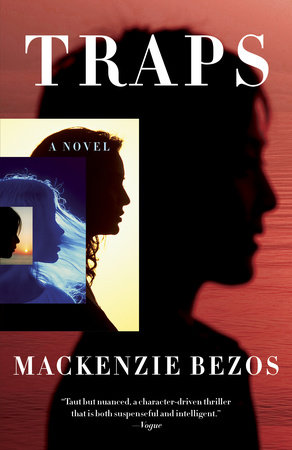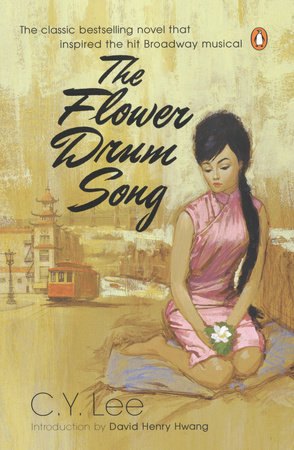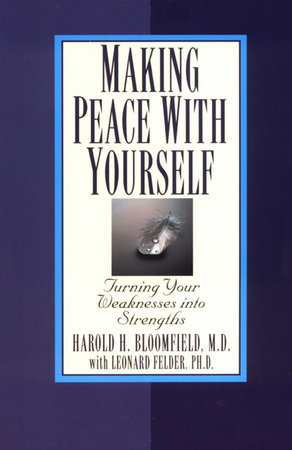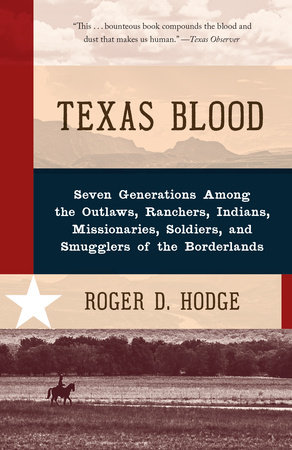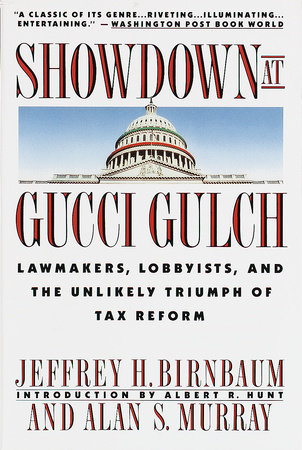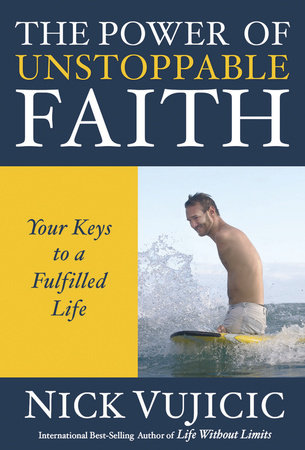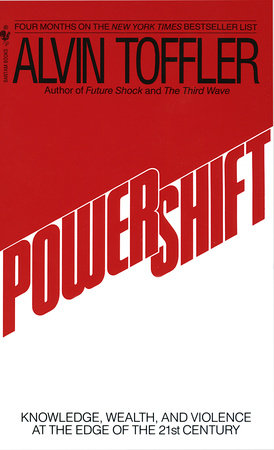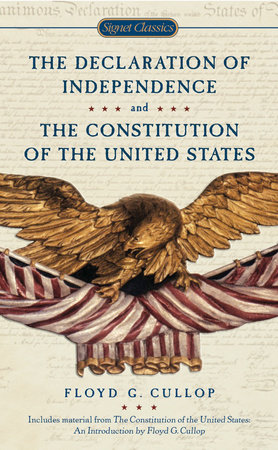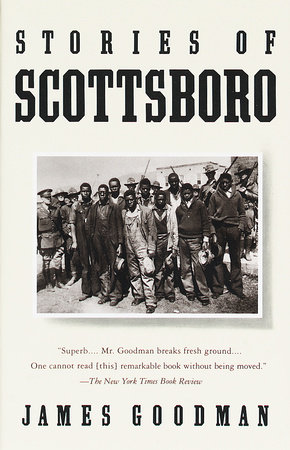Author Q&A
Q: Where did the idea for Traps come from?
A: It’s a little mysterious. I started with just an image of each of the characters at the beginning of the story—Dana stepping into the bite suit, Jessica in her kitchen with the ringing cell phone, Vivian hearing her babies crying in the next room, and Lynn searching the yard full of dogs for a girl. I didn’t have much more than this, but I felt they belonged in the same book. As I wrote and uncovered their stories, it became clear that they were unified by an idea I had been pondering for a while: that the things we feel most trapped by—bad luck, bad relationships, our own weaknesses or decisions—may in the end be essential to our good fortune. I was also very interested in the idea that our private struggles with our own demons and difficulties are all happening in parallel, and that without intention or recognition we might be playing important roles in one another’s dramas. The synchronicity of this—the design we might see if we were granted a moment of omniscience—is so beautiful to me.
Q: Did you know how the women’s stories were going to intersect from the beginning? Or did the writing process lead you to that connecting moment?
A: I knew from the start that they would intersect, but I didn’t know how. I knew both how the book began and how it ended. Figuring out the moment of intersection that would take each of them between those two points is where most of the difficult work was. But it was such a fun puzzle.
Q: Traps is your second novel, and it’s very different from your first. What was that like for you? And was it intentional?
A: Yes! This book is technically different from my first book in five ways—third person instead of first, multiple viewpoint characters instead of a single one, a much shorter timeline (four days instead of a year), present tense instead of past, and a very different ratio of exterior action to interior thought. It wasn’t intentional, but I do think my subconscious was probably doing me a favor. All of those new challenges made it a lot of fun to work on. And as much as I love Luther and his preoccupations, having four different main characters in Traps added a degree of variety to the process that I really enjoyed. They gave me more emotions to explore, more jobs and locations and problems to research. Every day with them surprised me.
Q: Did you find that one voice was easier for you to write? Or did you start to identify with one character more than the others?
A: No. I really loved all of them equally right from the start, which is part of how I knew using all four voices was right for the story. With my first book, I started out writing from multiple perspectives too, but the other family members’ voices were so much more difficult and so much less interesting to me, and the prose in their chapters was so much worse, it was clear very quickly that the whole book belonged to Luther. With Traps, I fell in love with all of four of them. Each of them felt real and fascinating to me from the start. I still think about them daily.
Q: The whole novel takes place over a span of just four days. Did you find that time constraint to be a challenge or was it liberating?
A: I loved it. Constraints give me a huge amount of excitement and creative energy, and I felt sure about the four day timeline from the very beginning. I always look forward to the moment in the process on a book when at least a dozen important elements feel too real to change. I love the puzzle that generates. The most interesting moments in a story often get forced by those limitations.
Q: What do you most hope that readers will take away from Traps?
A: One of my favorite things about books is the collaboration between the writer’s imagination and a reader’s personal experience. I can pick up book I read ten years ago, and it in many ways it will feel like a different story to me because my own struggles and preoccupations focus my attention on different things. I have no specific hopes about what people feel reading Traps except that they have fun, and that it feels real and powerful enough to them to affect how they see their own lives a little bit.
Q: Do you have a specific writing routine? Was it different for this second novel than it was for your first?
A: A few things were the same—writing daily is important for me, and I always write first thing in the morning—but Traps was both easier and much more fun for me to write. I think this is partly because I had better guesses from experience about how to tackle challenges as they came up along the way—e.g. this is the kind of problem I handle best if I get up at 4 am; this is the kind of problem I handle best if I just skip forward and circle back on it later; this is the kind of problem that gets easier if I stop and do a little research, etc. I also increased my working pace to boost my engagement with and enjoyment of the story. Any story is duller doled out in tiny bites, and it turns out this is true whether you’re reading it or writing it. Another difference was a little motivational trick I tried on myself. I didn’t talk about it or show it to anyone until I was finished, not even my husband, and this injected a huge amount of energy and anticipation into the process. With my first book I noticed a side effect of describing the story to people was that each time I did it sapped me of some of the drive to get the story down, sort of like the difference between your excitement recounting an amazing personal anecdote for the very first time to a best friend the day it happened to you, and the abbreviated version you’re repeating to people for the fiftieth time years later at a cocktail party. I wanted to save that first telling excitement and energy for the book. This also gave me a really rewarding carrot for finishing fast and completely. The sooner I finished, the sooner I could share it and talk to my husband about these characters that had been taking up so much space in my head over the last year and a half. By the last three months, they were so real and important to me, I could start crying just thinking about them while driving to pick up the kids from school.
Q: What was it like to work with Toni Morrison at Princeton?
A: I admire her writing intensely, and fortunately it turns out she is an equally gifted and dedicated teacher. She taught me a lot of lessons I still reflect on frequently while I’m working, and she was unbelievably generous with her time and encouragement long after I graduated. She really cares a great deal about her students. She’s one of the best teachers I’ve ever had.
Q: Are you working on a new project now?
A: Yes! I’m really excited about it. I’m always happiest when I’m writing every day.
